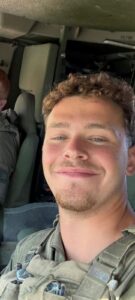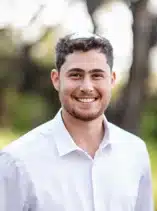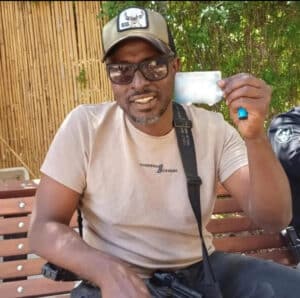
Overview
- After the Trump administration reached a tentative understanding with the Houthis, President Trump announced that the Houthis had pledged to stop attacking American vessels. As a result, the U.S. held off on further strikes. However, Israeli officials were reportedly left out of the coordination, despite the Houthis continuing attacks on Israel—including a ballistic missile strike near Ben Gurion International Airport.
- On Tuesday, May 6, IDF Chief of Staff Eyal Zamir and Shin Bet Director Ronen Bar approved operational plans under the codename “Gideon Chariots.
- Israel is currently offering Hamas a deal: release 26 hostages in exchange for a 45-day ceasefire. If Hamas declines, a full-scale operation will begin prior to Trump’s Middle East arrival
- New mechanism to distribute humanitarian aid in Gaza is being set up by Israel in collaboration with international partners which would prevent Hamas from stealing the aid.
- In an interview with Channel 14, Huckabee stated that unlike the previous administration, the current U.S. government will not second-guess Israel’s military decisions, effectively giving Israel a green light for its ongoing Gaza operations.
- In response to the missile that landed near Ben Gurion Airport, the IDF launched strikes in Sana’a. Newly released footage shows the attacks were executed within 15 minutes.
- Iranian Foreign Minister Abbas Araghchi asserted that Tehran will never relinquish its nuclear rights if the U.S. aims to permanently block its nuclear capabilities.
- Huckabee stated in a Kan interview that Iran would not receive enriched uranium, arguing it is unnecessary for peaceful energy purposes.
- When questioned on Channel 14 about apparent contradictions in the U.S. stance—between saying Iran won’t get nuclear weapons and not deciding on uranium enrichment—he urged Israelis to focus on Trump’s stronger statements against a nuclear Iran.
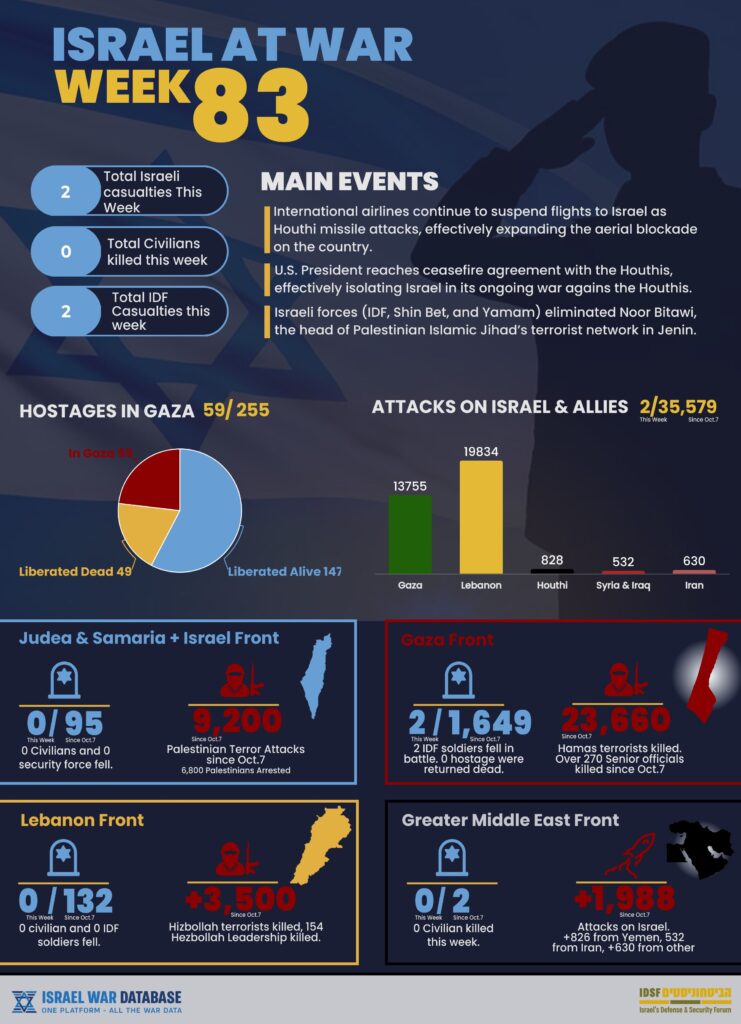
Yemen
- After the Trump administration reached a tentative understanding with the Houthis, President Trump announced that the Houthis had pledged to stop attacking American vessels. As a result, the U.S. held off on further strikes. However, Israeli officials were reportedly left out of the coordination, despite the Houthis continuing attacks on Israel—including a ballistic missile strike near Ben Gurion International Airport. The missile, which landed several hundred meters from the terminal, caused no casualties but disrupted international air traffic and harmed Israel’s economy.
- Oman’s Foreign Minister—also the key mediator in U.S.-Iran nuclear talks—announced that a ceasefire had been reached: the U.S. would halt airstrikes, and the Houthis would stop attacking maritime targets in the Red Sea and Bab al-Mandab Strait. Operation “Tough Stallion,” which began on March 15 and ended May 6, was declared successful by U.S. sources.
- Some reports suggested Israel was blindsided by the U.S., with elements of the deal that were not fully communicated to Jerusalem. The British Defense Secretary also reportedly expressed dissatisfaction that the U.S. announcement had not been coordinated with the UK, which had conducted joint strikes with the U.S. against the Houthis.
- Despite the ceasefire, the Houthis still possess dozens of ballistic missiles and hundreds of drones. Recently, they launched three drones in a single day toward Israel—claiming one targeted “Occupied Jaffa” and two aimed at Eilat, intensifying economic pressure on the southern port city. The Houthis declared their continued commitment to fight Israel, with their leader Abdul-Malik al-Houthi releasing a propaganda video emphasizing unwavering resistance and solidarity with the Palestinians.
- To reassure Israel, U.S. Ambassador Mike Huckabee told Kan News that Houthi attacks on Israel could be considered attacks on America, given the over 700,000 Americans living in Israel. Huckabee declined to specify what Prime Minister Netanyahu knew about the U.S.-Houthi agreement.
- In a separate interview with Channel 14, Huckabee emphasized that this was not a peace agreement but rather a temporary de-escalation based on the Houthis’ own initiative. He stressed that the administration views Houthi attacks on shipping and Israel as separate issues, dealt with through different diplomatic channels. The underlying message was that the U.S. is not abandoning Israel, despite criticism from Israeli media.
- In response to the missile that landed near Ben Gurion Airport, the IDF launched strikes in Sana’a. Newly released footage shows the attacks were executed within 15 minutes. Three power stations were hit (not just two, as initially reported), targeting transformers, generators, and fuel reservoirs. Strikes were also conducted on a concrete factory in Al-Amran, and at Sana’a Airport, damaging the terminal, runway, and a fuel facility.
President Trump’s Planned Trip to the Middle East
Trump aims to use the Yemen ceasefire to create diplomatic momentum for a nuclear deal with Iran. On May 13, he will begin a Middle East tour—visiting Saudi Arabia, Qatar, and the UAE, while skipping Israel. The visit’s objectives include finalizing or at least advancing:
- An arms deal with Saudi Arabia,
- The Iran nuclear agreement,
- A ceasefire in Gaza,
- Expansion of the Abraham Accords, and
- A broader vision of peace in the region.
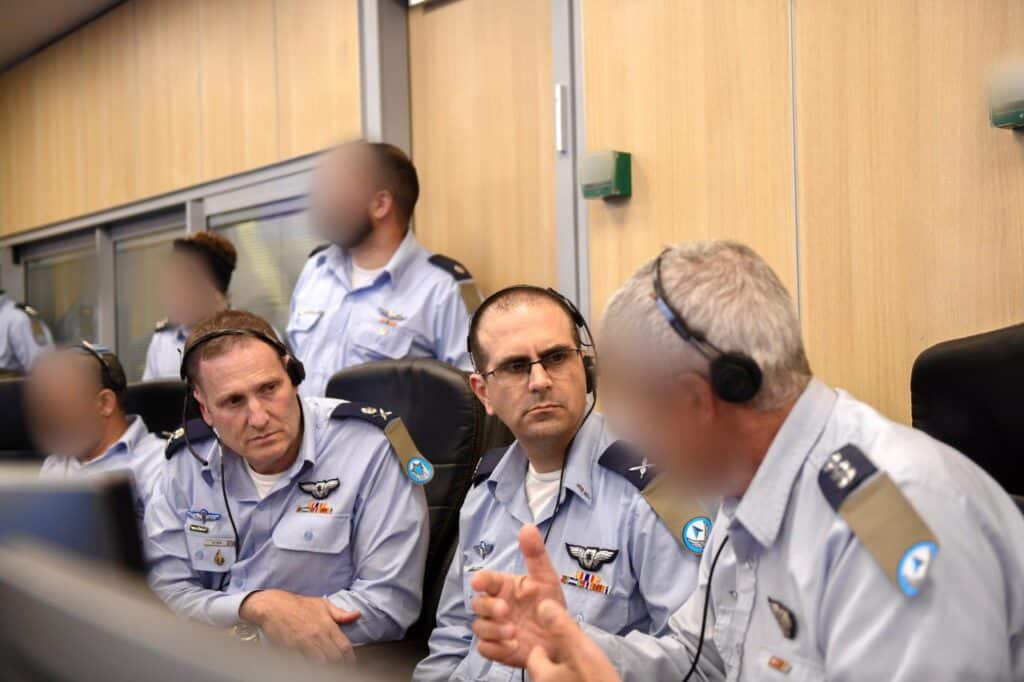
Gaza
Diplomatic
- In an interview with Channel 14, Huckabee stated that unlike the previous administration, the current U.S. government will not second-guess Israel’s military decisions, effectively giving Israel a green light for its ongoing Gaza operations. He emphasized Israel’s sovereignty and its right to make independent defense decisions.
- Pro-Hamas channels have launched a coordinated media campaign against President Trump’s upcoming visit to the Middle East, calling for mass protests outside U.S. embassies in Arab states.
- According to Al-Araby al-Jadeed, the U.S. has shifted its stance on Israel’s demand to disarm Hamas, choosing to delay that condition until after a ceasefire is achieved. A senior Egyptian official noted that Washington now sees the demand to expel all Hamas military operatives from Gaza as unfeasible, given their numbers and the absence of willing third-party host nations. Instead, the U.S. is focused on securing a deal that would release all 59 remaining hostages in a single exchange, dismissing the likelihood of a successful outcome through further Israeli military pressure.
- On the Qatar-Hamas hostage negotiations, Huckabee claimed significant pressure was placed on Qatar to secure a deal and to force Hamas to compromise, suggesting Qatar never truly wanted to support Hamas.
- Regarding Saudi-Israeli normalization, Huckabee said the decision lies with Saudi Arabia and its internal public opinion considerations.
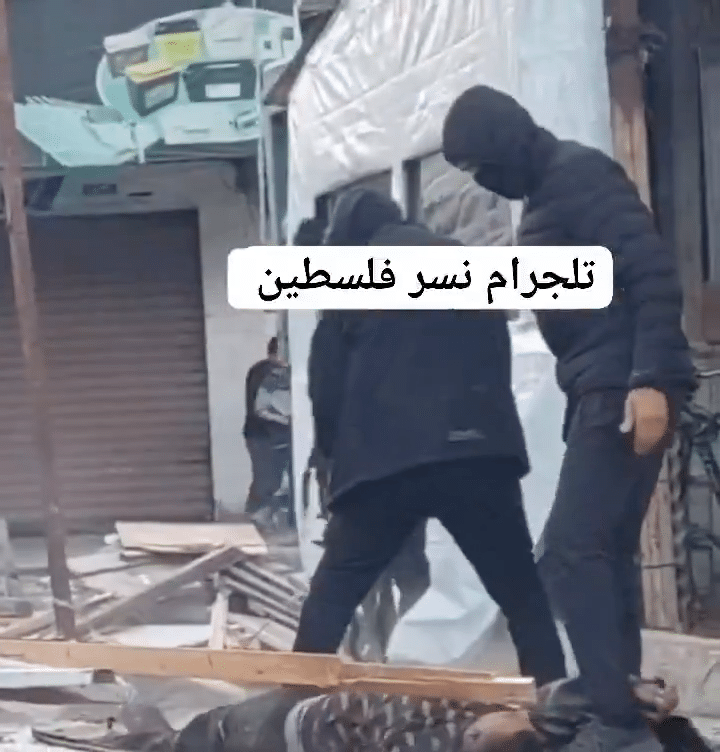
Operational
On Tuesday, May 6, Chief of Staff Eyal Zamir and Shin Bet Director Ronen Bar approved operational plans under the codename “Gideon Chariots. The stated objectives are to return the Israeli hostages, to dismantle and defeat Hamas’ rule, to relocate much of Gaza’s population into sterile, Hamas-free zones for civilian protection.
- Israel is currently offering Hamas a deal: release 26 hostages in exchange for a 45-day ceasefire. If Hamas declines, a full-scale operation will begin prior to Trump’s Middle East arrival
- Between Monday and Thursday (within 72 hours), the IDF carried out 150 airstrikes across Gaza. Hamas command and control center in central Gaza was bombed. In Deir al-Balah, a commander involved in Hamas’ rocket manufacturing unit was eliminated. Another Hamas operative, involved in the October 7th kidnapping of Yaffa Adar, was killed in a targeted strike.
Humanitarian Plan
- The IDF informed the Israeli security cabinet that Gaza’s food reserves are running low, necessitating a new aid distribution strategy. Due to Trump’s support for humanitarian aid to Gaza, and his concern for civilian well-being, Israel is expected to ease the blockade in coming days. Trucks will resume food deliveries, not as part of a southern evacuation plan, but for general civilian relief.
- As a result, food prices in Gaza have dropped, and bakeries are expected to reopen soon. However, Hamas is replenishing its own food stockpiles, while its elite internal police units are reportedly executing suspected collaborators, beating and shooting at those caught stealing food.
- Three food distribution zones will be established in the Rafah area, delivering weekly 70 kg food rations per family, directly to family heads.
- American companies will manage and register the distributions.
- A temporary zone will also operate in northern Gaza but will be shut down later.
- The plan is designed to prevent Hamas from hijacking aid, as there will be no trucks to intercept; any theft attempts will have to come from within civilian zones, increasing deterrence.
International Involvement
The United Arab Emirates rejected an Israeli request to finance a new aid initiative for Gaza. Israel, hoping Emirati support would attract broader international backing, has helped launch the Gaza Humanitarian Foundation (GHF) to oversee aid distribution while preventing Hamas diversion. However, a GHF memo revealed the plan will initially only serve 60% of Gaza’s population, prompting UN and NGO pushback for inadequately addressing the humanitarian crisis and allegedly “weaponizing” aid. Still, Ambassador Mike Huckabee stated that several unnamed countries had already pledged support, with more details expected soon. Meanwhile, the IDF has begun constructing humanitarian hubs in southern Gaza, funded by Israel, where foreign governments and private U.S. security contractors are expected to take over operations in future phases. Special envoy Steve Witkoff has also briefed the UN Security Council on this model, which is being promoted as a secure and Hamas-free channel for humanitarian relief.
Judea and Samaria
Operation “Iron Wall”
A summary of Operation “Iron Wall” was published, covering over 100 days of counterterror activity:
- Over 100 militants were eliminated in northern Samaria.
- 320 suspects were arrested.
- 450 weapons were seized.
- Hundreds of explosive devices were destroyed.
- Dozens of militant facilities and bomb labs were demolished.
- Many of those eliminated were local cell leaders.
- The operation also aimed at urban restructuring of refugee camps to facilitate IDF access and reduce the risk of ambushes. This includes systematic demolition of buildings in Nur al-Shams camp, similar to operations in other camps.
- In Reikhan, a terrorist opened fire at Israeli forces, seriously injuring two soldiers. He fled but was later apprehended in Nablus by the Gideonim unit.
- In Hebron Hills, another attacker attempted a ramming and stabbing, but was neutralized by Israeli fire.
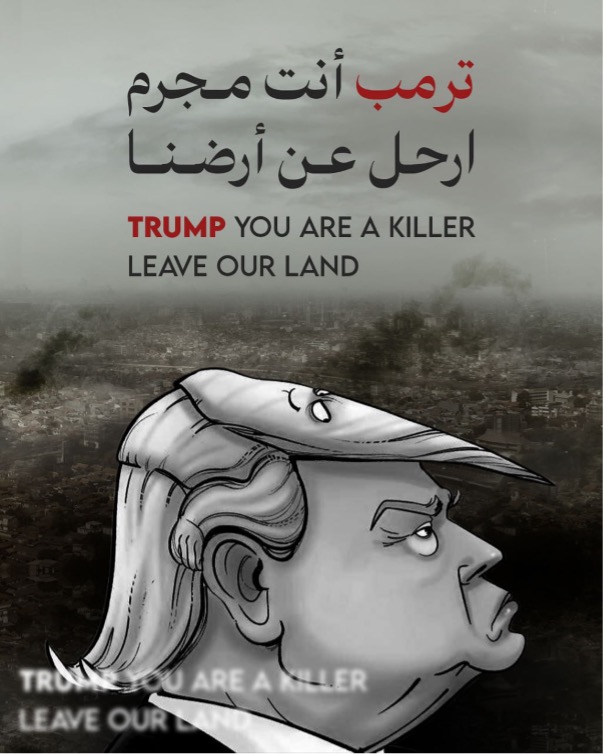
Lebanon
Operational
The IDF carried out several strikes against Hezbollah forces:
- The logistical commander of Hezbollah’s Badr Unit was killed.
- Hamas’ Western Brigade operations chief in Sidon was eliminated.
- IDF carried out at least 20 airstrikes in the Nabatieh area, including a Hezbollah site on Mount Beaufort, containing weapons, fighters, and tunnel shafts used in their fire and defense systems. At least 2 militants were killed. The IDF published a map indicating 19 targets, all in proximity within Nabatieh and north of the Litani River.
- Hamas’ representative in Lebanon stated that they support the ceasefire and handed over 3 operatives to the Lebanese authorities—an indication of Hamas’ weakening position in Lebanon. Lebanon’s Supreme Military Council announced it will dismantle Palestinian terrorist factions operating in the country.
- In a joint operation, the IDF and Mossad recovered the remains of Sgt. First Class Zvi Feldman, a soldier missing since the 1982 Battle of Sultan Yacoub during the First Lebanon War
Syria
Military Activity
- Israeli Alpine Command units, paratroopers, and Yahalom (Combat Engineering) troops raided a former Assad military base on what was once known as the “Syrian Hermon,” now dubbed “Hermon Crown.” They discovered and destroyed: Bunkers and weapons caches, including cannons, rocket launchers, mortars, explosive devices, and mines.
- Fighters from Hay’at Tahrir al-Sham (HTS)—the jihadist coalition forming the core of al-Julani’s “Syrian Army”—issued public threats toward Israel: “Sons of Zion, your crimes will not go unpunished. People will not forget, and the truth will never die. No matter how long the night of injustice lasts, the dawn of resistance is inevitable.”
- HTS core fighters, bolstered by foreign jihadists who do not speak Arabic and mimic ISIS-style behavior and propaganda. This hybrid formation operates under the branding of the new “Syrian Army”, merging radical messaging and militant infrastructure with a nationalist cover.
Druze in Southern Syria
- In southern Damascus, Julani’s fighters are confiscating weapons (Kalashnikovs, machine guns, RPGs) from Druze communities, though the Druze of Hauran are resisting.
- Jihadist forces under Abu Mohammad al-Julani held a military parade in Jabal al-Summaq, a Druze-populated area in rural Idlib. The parade was clearly aimed at intimidating the remaining Druze residents and is interpreted as a covert threat against Druze communities in Suwayda province. Al-Julani appears to be using Druze populations in Idlib, Jaramana, and Sahnaya as bargaining chips to pressure Suwayda’s Druze militias, with the goal of extending jihadist control into southern Syria.
- The IDF evacuated 10 wounded Syrian Druze for medical treatment in Israel and has positioned forces in southern Syria to protect Druze villages from further escalation.
Weapon Surrender Campaign
- A government-supervised arms collection center was opened in Sahnaya, reportedly under the Syrian Interior Ministry, as part of what is officially framed as a public safety and law enforcement initiative.
- Syrian authorities have called on civilians to voluntarily surrender unlicensed weapons, claiming it serves public order and security.
- These efforts are part of a broader strategy to pacify the Damascus area and weaken minority communities like the Druze—under the pretext of legal order, but with the real goal of disarmament and control.
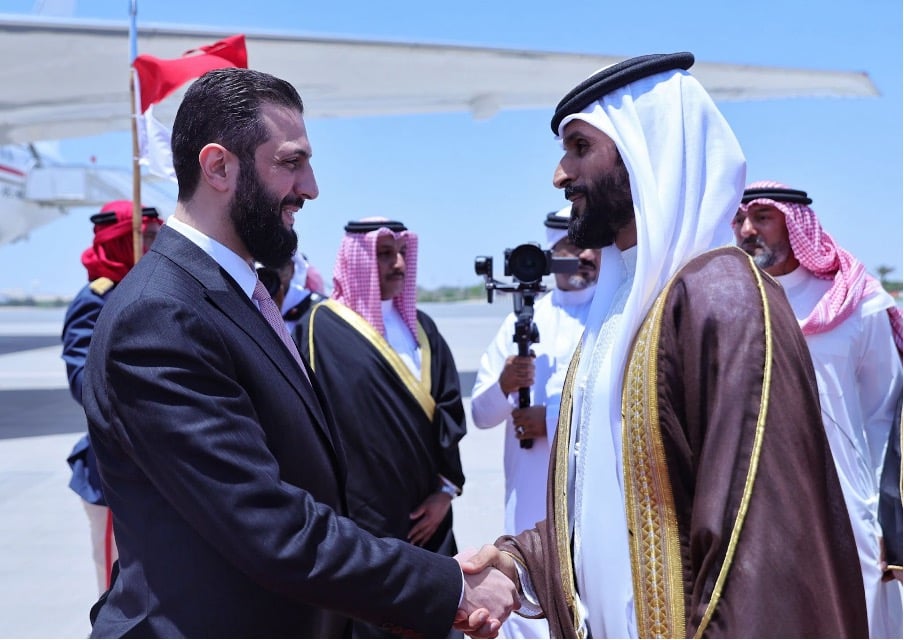
Diplomacy
- Syrian President Julani visited France for high-level talks with President Emmanuel Macron, focusing on strategic cooperation in energy and aviation sectors, the removal of EU sanctions, and the promotion of foreign investment.
- According to the Wall Street Journal, al-Julani has also requested a meeting with Donald Trump during the President’s upcoming Middle East visit. His agenda includes lobbying for the lifting of U.S. sanctions and proposing a “Marshall Plan”-style economic framework, in which American energy companies would be allowed to operate in post-war Syria. At the same time, al-Julani issued a veiled warning by signaling a potential pivot to China, suggesting that Syria might adopt Huawei infrastructure over American telecom systems if the U.S. refuses to cooperate.
- Qatar, with U.S. approval, has committed to transferring $29 million monthly to the Syrian government, specifically to fund public sector salaries, despite the ongoing international sanctions regime. This financial support underscores a new phase of controlled economic engagement with Damascus, driven by pragmatic concerns.
- Reuters reported that following al-Julani’s April 13 visit to Abu Dhabi, the United Arab Emirates has been mediating a quiet security coordination channel between Israel and Syria aimed at preventing escalation across the southern front, especially amid regional instability.

Iran
- On May 4, Iran unveiled a new medium-range ballistic missile named Qassem Basir (range: 1,200 km). The missile incorporates lessons from previous confrontations with Israel. During the launch event, Iran issued threats against U.S. military bases in the Middle East, signaling a deterrent posture.
- Iranian Foreign Minister Abbas Araghchi is set to visit Saudi Arabia and Qatar as part of a regional diplomatic tour aimed at strengthening Iran’s ties with its Sunni neighbors.
Iran Nuclear Issue
- Iranian Foreign Minister Abbas Araghchi asserted that Tehran will never relinquish its nuclear rights if the U.S. aims to permanently block its nuclear capabilities. Speaking in Doha, one day before the planned U.S.–Iran talks in Oman, he reaffirmed Iran’s stance on uranium enrichment for civilian purposes. In contrast, U.S. special envoy Steve Witkoff made clear that the U.S. demands the dismantling of Iran’s uranium enrichment infrastructure, including the removal of centrifuges, and the dilution and relocation of existing nuclear fuel, before taking Iran’s intentions seriously. The widening gap in positions underscores the difficulty of reaching an agreement.
- Huckabee stated in a Kan interview that Iran would not receive enriched uranium, arguing it is unnecessary for peaceful energy purposes.
- When questioned on Channel 14 about apparent contradictions in the U.S. stance—between saying Iran won’t get nuclear weapons and not deciding on uranium enrichment—he urged Israelis to focus on Trump’s stronger statements against a nuclear Iran.
- Despite reports of policy rifts between Trump and Netanyahu, Huckabee’s media tour was intended to reassure Israelis of the administration’s firm commitment to preventing a nuclear Iran.
- At a security conference in Munich, U.S. Vice President J.D. Vance said Iran could be reintegrated into the global economy under a deal that allows nuclear capabilities for civilian use only—mainly energy production—but not nuclear weapons. On the same day, Iranian President Pezeshkian discussed with Russian President Putin the possibility of Russia storing Iran’s enriched uranium as part of the deal.
Wave of Explosions and Fires Raises Suspicions
A string of fires, explosions, and suspected sabotage incidents has struck Iranian industrial and military infrastructure:
- April 26: Massive explosion in the Port of Bandar Abbas.
- April 29: Explosion in a gunpowder factory in Isfahan, killing 2 and injuring several others.
- May 3: Fire at a cardboard plant west of Tehran spread to nearby factories. A 4.0-magnitude earthquake occurred nearby, followed by a fire at a local power station.
- May 4: Chemical plant fire in Qom injured several, including 2 critically. In Mashhad, a fire engulfed a motorcycle factory that also produces engines used in Shahed drones, spreading across 3.9 km².
- May 5: Ammunition depot fire at a Revolutionary Guards facility in Kazeroon, and another fire at Bandar Abbas oil depots.
- May 6: Fire broke out in a spare parts warehouse in central Tehran.
While these incidents are officially described as accidents, the pattern and proximity of events—especially at military-related sites—suggest possible covert sabotage operations, potentially involving booby traps, akin to Hezbollah’s past use of explosive decoys.
International
- The Wall Street Journal reports that ICC Chief Prosecutor Karim Khan began pursuing arrest warrants for Prime Minister Netanyahu and former Defense Minister Yoav Gallant just two and a half weeks after he was made aware of sexual assault allegations against him. The timing has raised suspicions that Khan may have initiated the arrest process to shield himself from potential fallout. Notably, Khan canceled a planned trip to Israel and Gaza a day before making the announcement, which he had previously described as essential for forming a legal judgment. Sources told the paper that the warrants bolstered Khan’s standing with anti-Israel states and may have deterred his accuser from going public.
- U.S. Defense Secretary Pete Hegseth had planned to arrive in Israel on May 12, one day before Trump’s regional tour begins in Saudi Arabia, and then proceeds to Qatar and the UAE. This would have marked Hegseth’s first visit to Israel as the Secretary of Defense, where he was scheduled to meet with Prime Minister Netanyahu and Defense Minister Israel Katz. In a parallel development, Secretary of State Marco Rubio formally reintegrated the U.S. Office of Palestinian Affairs (OPA) into the U.S. Embassy in Jerusalem, a move viewed as a symbolic consolidation of U.S. policy on Israel and the Palestinians.
Global Jihad
- On May 7, Turkish security forces issued arrest warrants for 27 individuals in Ankara and its surroundings on charges of financial support for ISIS.
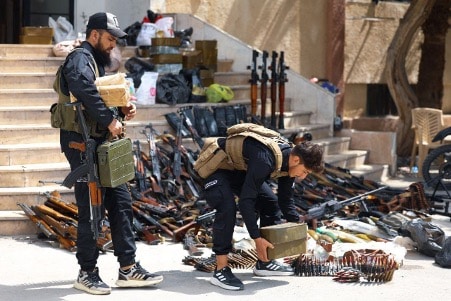
Fallen Soldiers
- Sergeant major (res.) Dejen Daniel Sahalo z”l
- Staff sergeant Yam Frid z”l
- Sergeant Yishai Elyakim Urbach z”l
